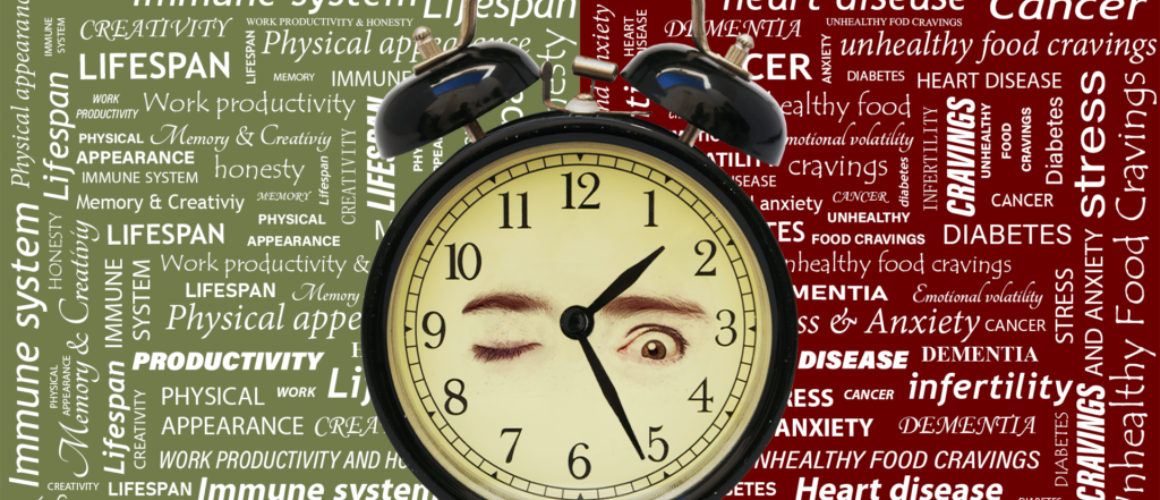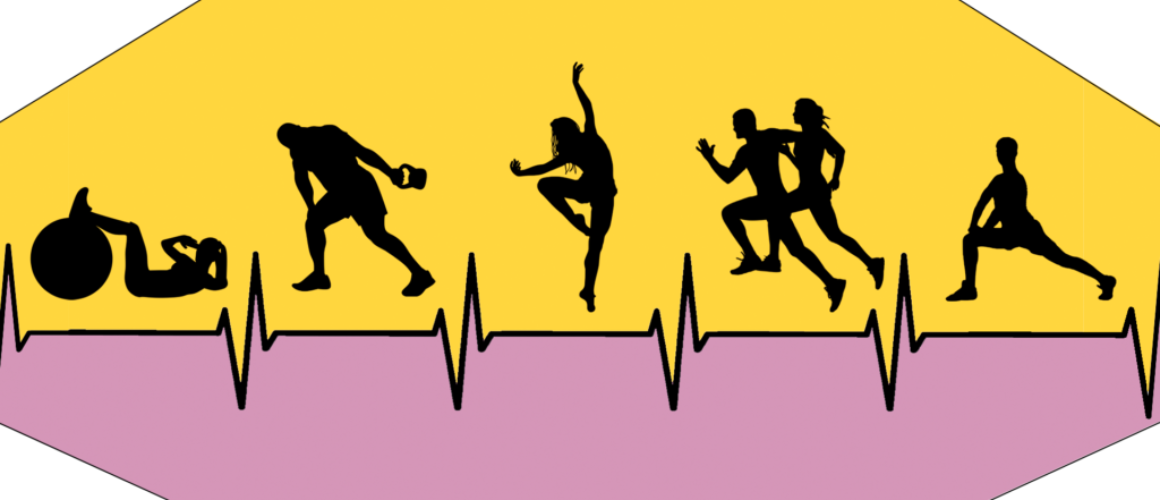A 5-Part Blueprint for Sound Sleep
Let’s build the foundation of human health and performance.

What is the most foundational piece of advice you can think of? The single element that augments all other aspects of personal growth?
To me, it’s straightforward: get enough sleep.
It took more than a decade of active personal development before I finally understood this, and another couple of years to implement it properly. Today’s article will share the sleep blueprint that emerged after all this time:
- Build a deeply internalized understanding of the vital role of sleep in human health and performance.
- Construct an environment where you have no choice other than to wake up at a consistent hour (weekends included).
- Learn to thrive in that environment by designing your rhythm for natural awakening without an alarm clock.
- Accept that you cannot force your mind to sleep, but you can give it the perfect sleep opportunity.
- If at all possible, earn the freedom to take an afternoon nap whenever your body and mind desire it.
Let’s take a closer look at each of these five steps.
Understand the Importance of Sleep
As recently as 2014, I was still confidently heading in the wrong direction, experimenting with complex polyphasic sleep patterns designed to severely restrict my sleep duration in the name of increased productivity.
I kept this up for almost a year before finally caving to everyone telling me how tired I looked. Knowing what I now know, that was one of the stupidest things I’ve ever done.
Since then, I’ve learned much more about sleep. As my understanding grew, so did my respect. Initially, sleep was a waste of time that should be minimized by, in the words of Arnold Schwarzenegger, sleeping faster. Then, it became a moderately important health priority after diet and exercise. Today, I view it as the very foundation of human health and performance.
Giving sleep the priority it deserves is tough in today’s world with all its early morning demands and late-night digital temptations. You’ll need plenty of motivation to master this challenge. And this motivation can only come from a deep intrinsic understanding of the importance of sleep.
There’s no better path to this understanding than Matthew Walker’s book pictured below. As stated on the cover, it’s “startling, vital, a life raft.”
For the short version, see my summary of all the serious problems caused by our global sleep deprivation epidemic.
Build an Environment for Sleep Consistency
Consistency is the number one recommendation for healthy sleep. But it’s also the hardest, particularly when it comes to weekends.
In today’s world, the norm is alarm-induced sleep deprivation in the week, followed by binge-sleeping to lunch over the weekend. This inconsistency is not only bad for sleep efficiency; it’s very unhealthy too. As the scientific studies in Prof. Walker’s book repeatedly found, catch-up sleep cannot repair the damage done by prior sleep deprivation.
Breaking this pattern requires a strong environmental trigger. And the best trigger I know is an accountability buddy — someone you care about who will be waiting for your call every day shortly after your chosen wake-up time.
My parents are my accountability buddies. For the past three years, we’ve talked for 15 minutes at 6:30 every morning. We’re yet to miss a single session! And best of all, our relationship has never been better, despite the 11000 km physical divide.
If you have someone in your life who you know you should be spending more time with (but never seem to get to), this is your chance.
Ditch That Alarm Clock
The purpose of an alarm clock is to yank your mind out of sleep before it is ready to wake up naturally. It’s the blaring symbol of our global sleep deprivation epidemic.
The path to an alarm-free life is paved with sleep opportunity. And sleep opportunity consists of sufficient time in bed and excellent sleep hygiene.
In my experience, the most important components of sleep opportunity are the following (in order of priority):
- Sufficient time in bed. This is the foundation.
- A dark, quiet, comfortable, and cool sleeping environment.
- Healthy eating habits.
- That tired-but-satisfied feeling after a productive day.
- Consistent sleep duration (weekends included).
In addition, you must condition your mind to wake up naturally at the right time. This requires a dedicated wake-up ritual for getting your circadian rhythm back in sync. For me, a funky dance routine stimulating all five senses does the trick 🙂
Learn to Fall Asleep Gracefully
Without the massive sleep pressure created by serious sleep deprivation, falling asleep can be difficult. If we’re not careful, this can turn into a major obstacle on the path to healthy sleep.
It sure is frustrating when you’ve given your mind every opportunity to sleep and it simply refuses to take it. For those times, you need a plan. Mine covers the following contingencies:
- A running mind full of unorganized thoughts. In this case, a journaling session is needed to unload and organize things before sleep can come.
- An inspired mind chasing a creative idea. I tend to let my mind run in these cases because it often comes up with something genuinely valuable. The aim is to condense the idea into a single phrase that can be written down so that my mind can relax in the knowledge that the idea is safe.
- A mind that is simply not ready to sleep. In this case, I just add some relaxing elements to my evening routine, most often a session in my massage chair or reading some silly comic books.
Whatever you do, don’t actively try falling asleep. Instead, create sleep opportunity, stick to your plan, and let sleep come on its own accord.
Also, if you consistently do everything right and still cannot get enough sleep, please consult a sleep specialist. Sleep disorders are all too common and need to be treated carefully.
Bring Back the Siesta
If you want to put the cherry on top of your sleep mastery, earn the freedom to nap during your natural afternoon energy dip. As described earlier, this is the way human biology wants to sleep. But sadly, our 9–5 work culture is totally incompatible with this natural sleep rhythm.
Enter asynchronous remote work. Asynchronous communication combined with remote work can restore this napping freedom to millions of office workers. If this opportunity pops up anywhere in your vicinity, grab it with both hands.
For those lucky enough to enjoy this freedom already, here’s the napping strategy that works for me:
- Only attempt the nap if you really feel that afternoon energy dip.
- Start with something ultra-relaxing like a massage or a warm shower.
- Find your natural nap length through open experimentation.
- If sleep doesn’t come, just enjoy this time of complete relaxation. If relaxation doesn’t come, get up to work on whatever kept it away.
The afternoon energy dip is not useful for much other than a natural siesta. Honor your biology. Use the dip as nature intended.
Build Your Foundation
To master sleep is to construct your foundation for long-term health and productivity. Our chronic sleep deprivation epidemic is the cause of far too many shaky foundations in our complex, modern world.
Please invest the time to build your foundation. You might be surprised at all the wonderful things you can construct on such a solid base 🙂
Images in this article were custom-made by Janet Cloete.















































